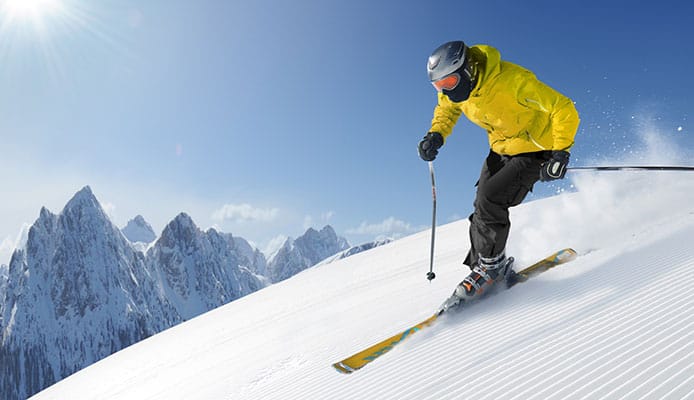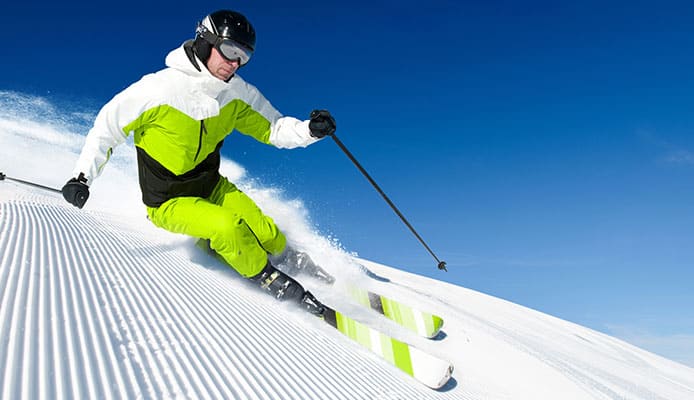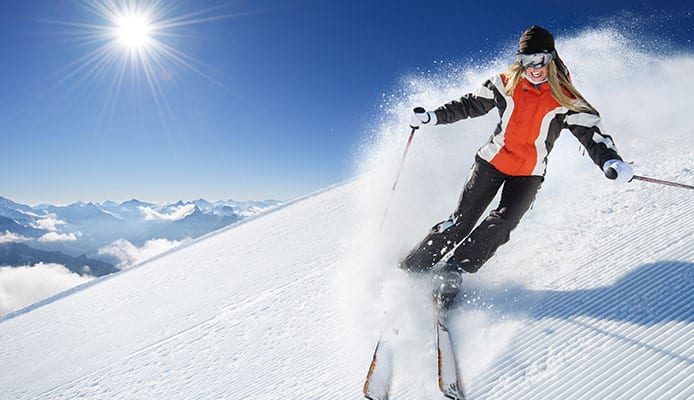
In order for you to fully enjoy their experience, you need to have the right ski gear and of course, the right clothing. It is imminent that you stay as warm and insulated as you possibly can to keep yourself safe and protected from the cold weather. Layering is a dressing up concept that achieves this – you dress up in extremely insulating and warming clothing, however, the clothing should not limit your mobility or movements.
You want to have a proper base-layer and a wind and waterproof layer. However, in the middle, we have the midlayer also known as the insulating layer. And for the system to work, the three dynamics complement each other. The midlayer, the insulator, traps the heat that you need to keep warm and are especially useful in the extreme cold.
I’ve listed below the five best midlayers for skiing in 2023 that you definitely need to have in your wardrobe for a proper ski expedition.
OUR TOP PICK
Helly Hansen Men’s Crew
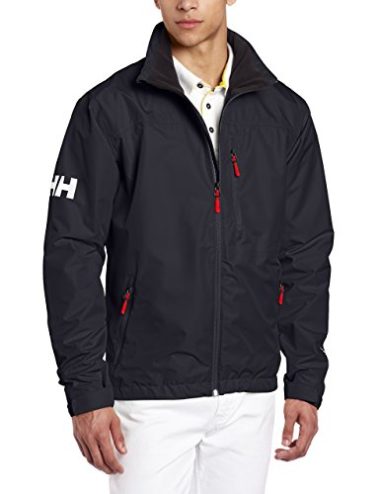
- Stand Out Features - Why We Love It
- Helly Protection technology for water repellent, windproof and moisture wicking properties
- Polartec fleece lined for extra warmth
- Zippered chest pocket for extra insulation and storage
- One hand adjustable hem and cuffs
- Ideal as a outer jacket in moderate weather
- Great warmth to weight ratio and freedom of movement
- Wind and water resistant
Material: 100% Recycled Polyester
Size: XS – 5XL
Weight: 19 oz
Color options: Varies, up to 11
Value: $$ – $$$
EDITORS CHOICE
Columbia Women’s Benton
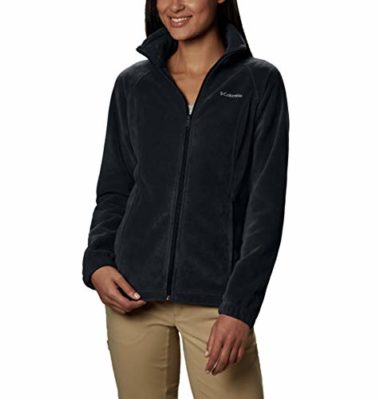
- Stand Out Features - Why We Love It
- Soft fleece fabric for guaranteed warmth
- Two way zipper design for full closure
- Fleece lined and fully collared neck
- Elastic cuffs and adjustable hem line for proper fit
- Two side security pockets for extra and secured item storage
Material: 100% Polyester
Size: XS – XL
Weight: 15 oz
Color options: Varies, up to 13 color options
Value: $$ – $$$
BEST VALUE
Columbia Men’s Steens Mountain
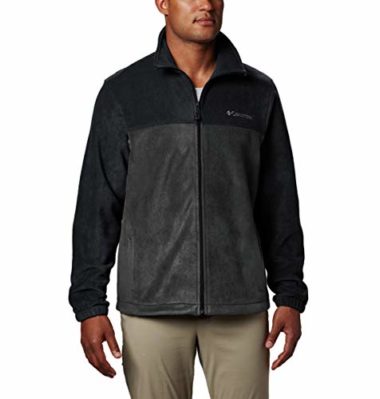
- Stand Out Features - Why We Love It
- Soft yet rugged filament fleece fabrication
- Two hand zippered pockets for storage of smaller items
- Full zipper closure for enhance insulation
- Stand up collar for neck warmth
- Adjustable hem line and elastic cuffs for enhanced closure and fit
- Great warmth to weight ratio
- Wind and water resistant
Material: 100% Polyester
Size: XS – XL
Weight: 15 oz
Color options: Varies, double colors e.g. black/grey
Value: $$
Helly Hansen Women’s Crew
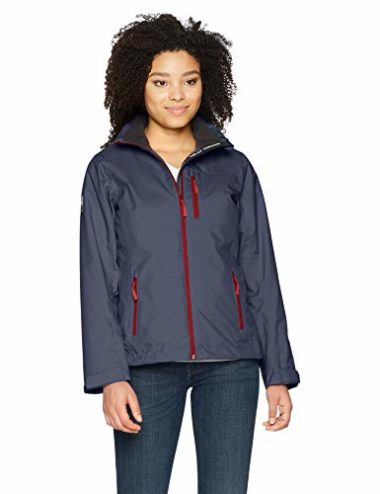
- Stand Out Features - Why We Love It
- Fleece lined collar and body
- Chest and hand zippered pockets for extra storage & hand warmers
- Adjustable hem and cuffs for perfect fit
- Helly Tech Protection for weatherproof, waterproof and moisture wicking abilities
- Sturdy seam sealed construction
Material: 100% Polyester
Size: XS – 5XL
Weight: 19 oz
Color options: Varies, up to 23 options
Value: $$ – $$$
Helly Hansen Mens’ Day breaker
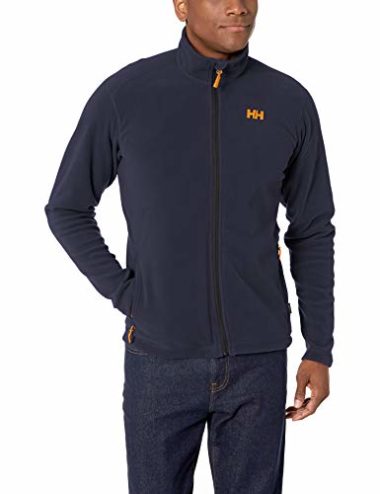
- Stand Out Features - Why We Love It
- 100g Polartec fleece for warmth and light-weight function
- Polartec fabrication enhance performance, durability and aesthetic
- Zippered hand pockets for extra small item storage
- Flatlock seams for added comfort
- Ideal for use all year round both by men and women
- Great warmth to weight ratio and freedom of movement
- Wind and water resistant
Material: 100% Polyester
Size: XS – 5XL
Weight: 18 oz
Color options: Varies, up to 27 options
Value: $$ – $$
How To Choose The Best Ski Mid Layer – Buying Guide
Insulation Type
When choosing the right ski mid-layer, you should have proper knowledge of the insulation of your product. It is the whole point of a mid-layer after all. The best ski mid layers use polyester MTR filament, Polartec, down, or Primaloft insulation.
Polyester MTR filament is a soft, thick, and quite warm fleece. As an insulator, it is highly effective at providing merino wool-like warmth and coziness thanks to its high ability to trapping and retaining heat produced by the body. It also comes with excellent moisture-wicking properties, making it an ideal choice.
Polartec is a trademark fleece manufacturer that utilizes its patented technology to produce one of the top-rated fleece insulation. The fabric is made from polyethylene terephthalate (PET). It’s comfortable, lightweight, and provides moisture-wicking properties – absorbs perspiration and blocks out humidity.
Down mid-layers are also excellent insulators. Down is made from goose or duck plumage which are the insulating layers underneath feather, thus it is a natural mid-layer. It creates excellent clusters that effectively trap body heat. It is warmer than all synthetic insulators, however; due to its highly functional heat-trapping mechanism, it may not boast the best moisture-wicking properties.
Prima loft makes one of the best mid-layers for skiing. It is excellent at trapping body heat and proving warmth especially when cold and wet. The synthetic insulation features a combination of synthetic fibers and gooses down. The fabric is normally lightweight but highly functional. Synthetic insulation is water-repellent and packable. It is perhaps even more insulating than down mid-layers.
Warmth
These mid-layer ski clothes efficiently work as mid-insulation during cold to extremely cold weather. During, moderate to chill temperatures, they work great as outer sweaters and jackets. As such many mid-layer ski jackets provide lightweight to Midweight warmth. However, some mid-layers for skiing may provide heavyweight warmth. It all depends on the synthetic insulation – a good down mid-layer will provide more warmth than a polyester one.
Fit
Fit is also an important feature to look at. When looking for the right mid-layer, look for one that doesn’t restrict your mobility and movement. An athletic fit is perfect for a proper full ensemble. Remember, this is a mid-layer so you have to think of a fit that will incorporate your base layer and outerwear. Also, be aware of the fit on your extremities, your hands, armpits, waist, and bust should feel comfortable.
Breathability
Breathability is the next key feature to look at after insulation. The best mid-layer is normally breathable. Breathability simply means the ability of your ski mid-layer to absorb moisture and sweat thus, leaving you dry and warm all day. Good material such as prima loft also blocks out humidity from the outside.
Synthetic materials and blends such as prima loft do an excellent job at maintaining features. Natural materials such as down and merino wool are weak on moisture-wicking properties due to their enhanced thermal properties. This doesn’t mean that they are deemed unfunctional.
The best ski mid-layers for extreme cold weather (if one doesn’t participate in active indulgences) or heavy snowy conditions (even when active) feature down or insulation because of their characteristic thermal qualities. So always measure where and when you will use your ski mid-layers.
Packability
Packability is added value for your ski mid-layer. You don’t want to be lugging around a heavy and bulky jacket at the airport or slopes when you are not using it. When looking for a ski mid-layer, should your use permit it, go for a light and packable ski mid-layer. Down mid-layers are especially great with this feature.
Moisture Resistance
You also want a moisture-resistant ski mid-layer. The best mid-layers for skiing should be moisture resistant; taking into account the nature of their function. Breathability and moisture-wicking abilities for once, do an excellent job at this – they effectively absorb sweat and moisture as well as block out humidity.
The best ski mid-layer is able to absorb and completely transfer moisture out of the layer system. Efficiency at the latter also speeds up the drying process thus, avoiding the material from being soaked and extremely uncomfortable. To guarantee moisture resistance, avoid material such as cotton which readily absorbs and is dampened by moisture and sweat.
Weather Resistance
Water-repelling and windproofing fabrics are also ideal for all-weather use. Ski mid-layers such as those manufactured by Helly Hansen feature the brand’s Helly protection technology. The tech incorporates waterproof and windproof outer shells that not only protect you but also ensure the material is durable. Weatherproof features also enhance the versatility of your ski mid-layer.
You might also like: What Is The Difference Between Short vs Long Skis
Durability
Durability covers a range of sub-features. Many small details determine how durable your ski mid-layer will be. The construction for example – jackets that are finished with seam-sealed fabrication tend are more weatherproof and durable. Such fabrications also ensure your material doesn’t rip or tear easily.
The thickness of fabrics also affects strength – the thicker the fabric, the stronger it is. However, you should also remember the care and maintenance of your mid-layer also affect durability. Proper washing and storage of your mid-layer prolong longevity. Additionally, small practices such as instantly removing and drying your mid-layer help to maintain the quality of your mid-layer.
Features
The best ski mid-layer comes packed with functional features that add value. However, the overall construction and material used heavily influence the results. Synthetic insulated mid-layers are warm and excellent at moisture wicking. With effectiveness at the latter, they dry quickly. They are also highly durable and lightweight.
Fleece mid-layers are also moisture-wicking, breathable, and quick at drying. They are extremely warm and provide cozy comfort. They are normally durable and inexpensive however, they are not built to be odor resistant and can be quite bulky.
Down are perhaps the most insulating and expensive compared to synthetic and fleece insulated mid-layers. They are, however, compressible, packable, and lightweight. Unlike prima loft insulated mid-layers, down mid-layers lose insulation when wet.
FAQs
Q: What Is A Mid-layer?
Fully known as a middle layer or insulating layer, like the name suggests, a mid-layer is meant for insulation and is normally worn between a base layer and an outer layer. Mid-layers are worn so that they are able to trap heat produced by your body and retain it to keep you from freezing.
They are especially important in extremely cold conditions. A mid-layer can be in a form of a synthetic jacket, fleece jacket, sweater or a turtleneck with varying warming and insulating abilities depending on your needs.
Q: What Are The Benefits Of Wearing A Mid Layer?
- Provides enhanced insulation for the extreme cold
- Some boast weather and waterproof abilities that allow them to be worn as outer layers
- They are light-weight thus, they add insulation without weighing you down
Q: Do I Really Need A Midlayer For Skiing?
Unless you are skiing during moderately cold day, a mid layer for skiing is imminent especially during extremely cold conditions. I personally advise that you wear a mid layer for all snow sports such as skiing and snowboarding no matter the condition. I mean, you can always remove a layer if you feel too warm. That’s when the advantage of Packability jumps in by the way!
Q: How To Properly Layer For Skiing?
Layering for skiing features three key layers i.e. base, mid and outer. The base layer is the first piece of clothing that has direct contact with your kin. After underwear and bra (for women), put on base underwear such as thermal underwear either as a 2-pc top and bottoms or a full suit.
The next base is the mid-layer. After the middle layer, comes the outer layer. The outer layer is your thick, waterproof and weatherproof ski jacket, ski pants and ski boots. Additionally, do not forget other essentials such as glove liners, gloves and mittens, socks and ski helmet.
Globo Surf Overview
The reviews offer that essential piece of info you might be missing. From how to layer to which is the best ski mid-layer for 2023. It is exciting to know more about the construction and material dynamics that come into play when deciding which ski mid-layer is the best for you.
Imagine how making an informed choice of one fabric over the other completely changes the warmth and insulation experience from you. I am personally excited about the list of the 5 best above and you should to – from the best price to versatile and top quality. What more can you ask for?
More Snow Ski Gear Reviews:
- Ski Pants
- Cross Country Ski Gloves
- Skiing Books
- Backcountry Ski Bindings
- Women Ski Boots
- Cross Country Ski Boots
- Women’s Skis
- Watches For Skiing
- Ski And Snowboard Tuning Vises
- Ski And Snowboard Wall Racks
- Kids Ski Helmets
- Ski Gloves For Kids
- Photochromic Ski Goggles
- Ski Boots For Kids
- Kids Ski Poles
- Ski Boots For Narrow Feet


